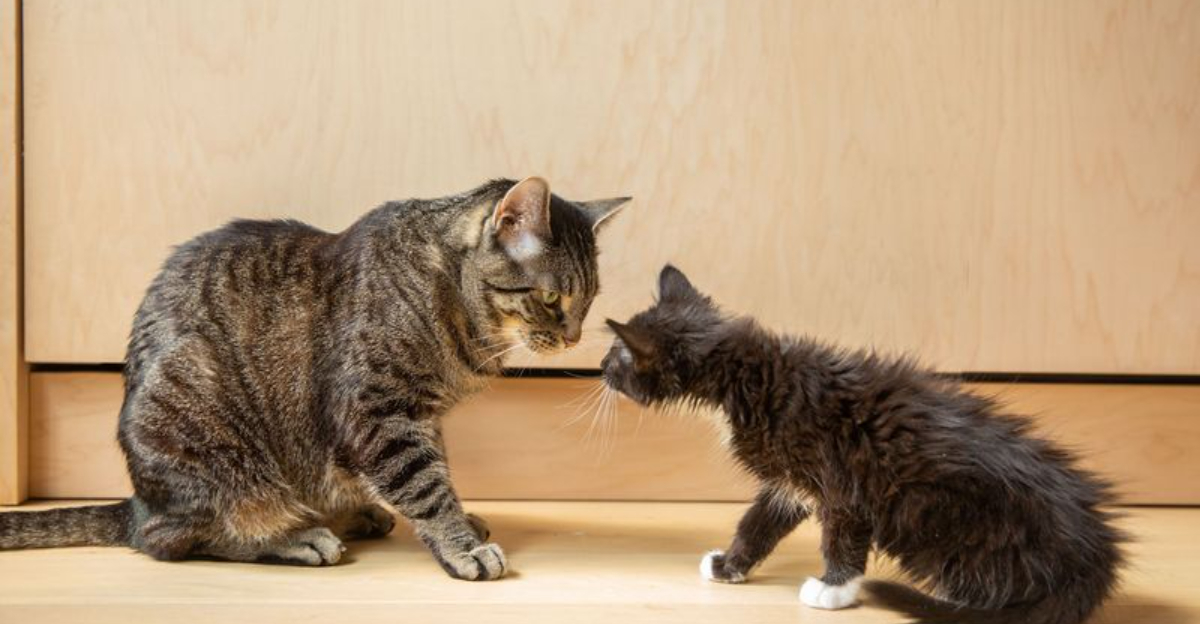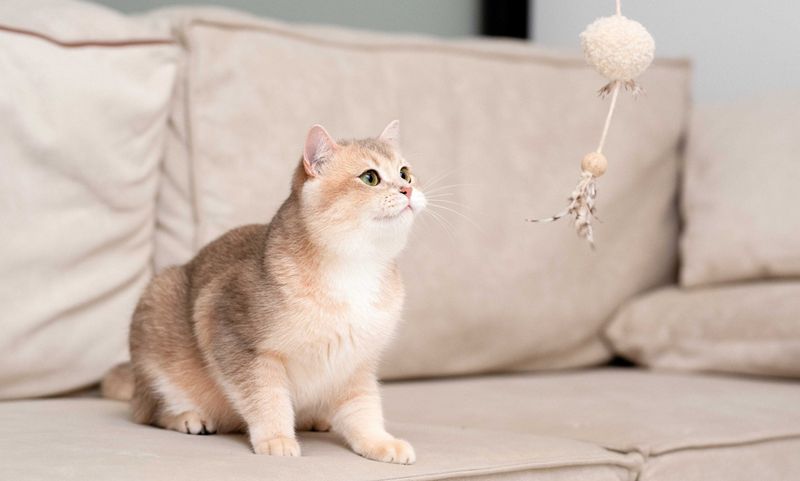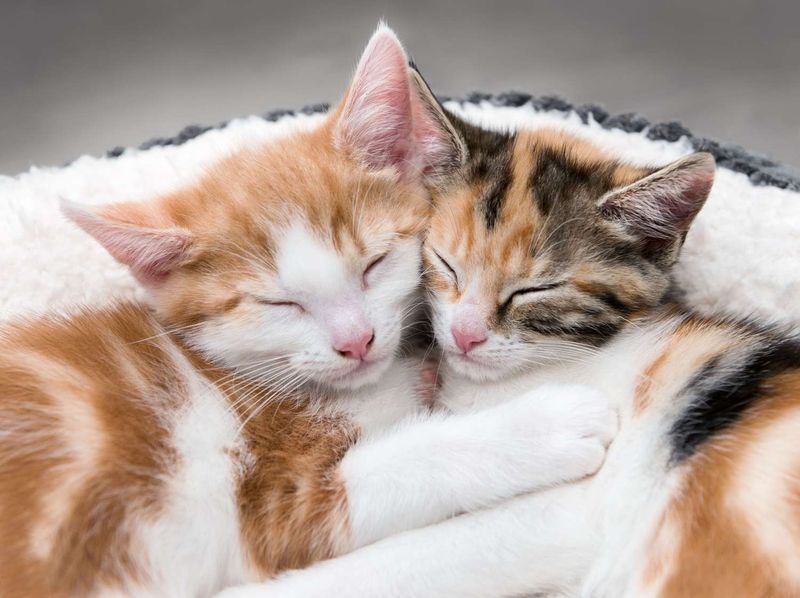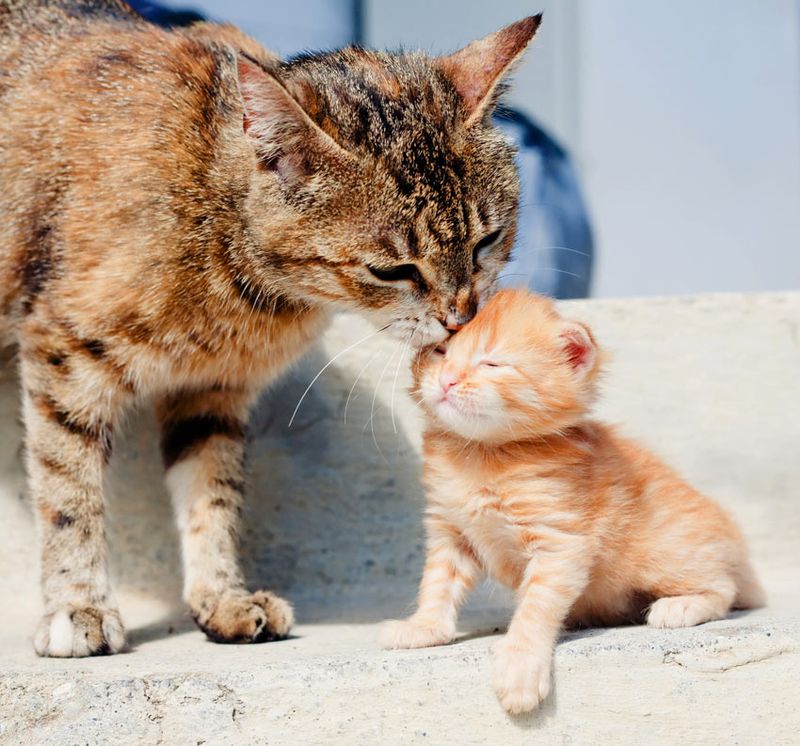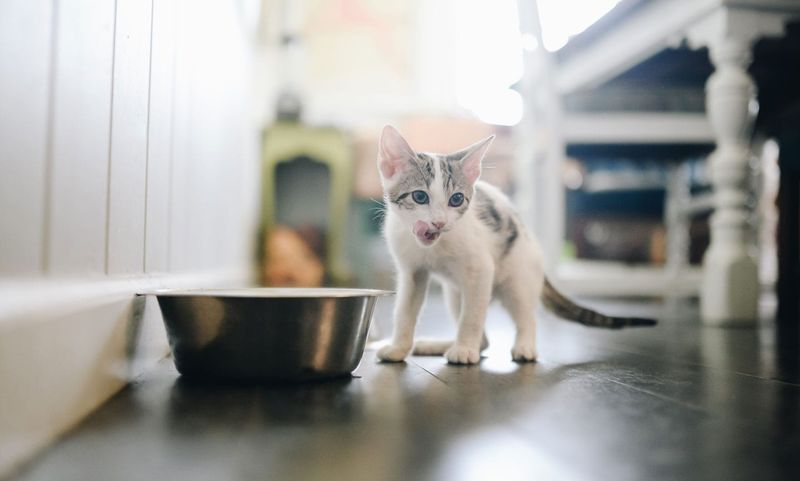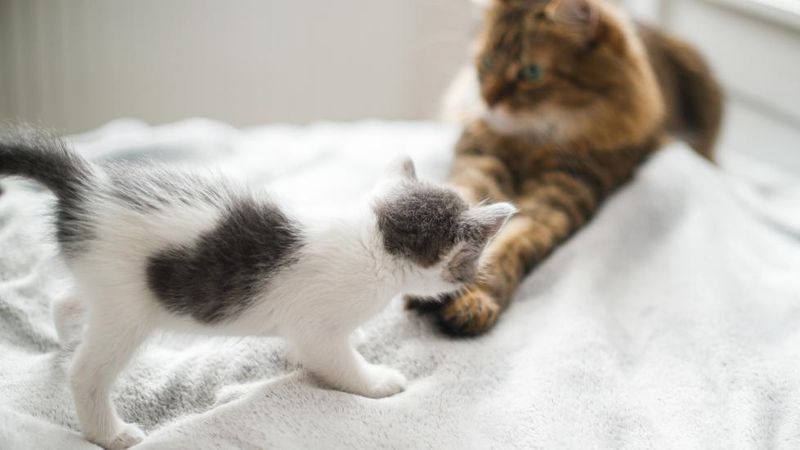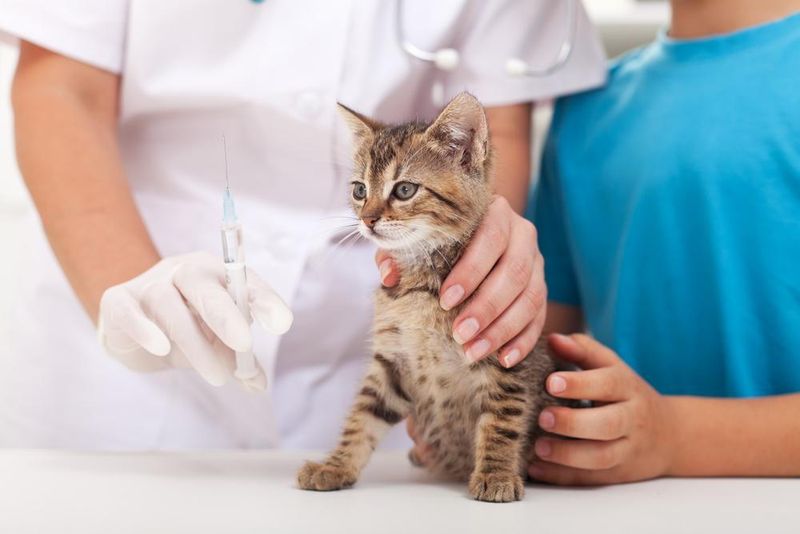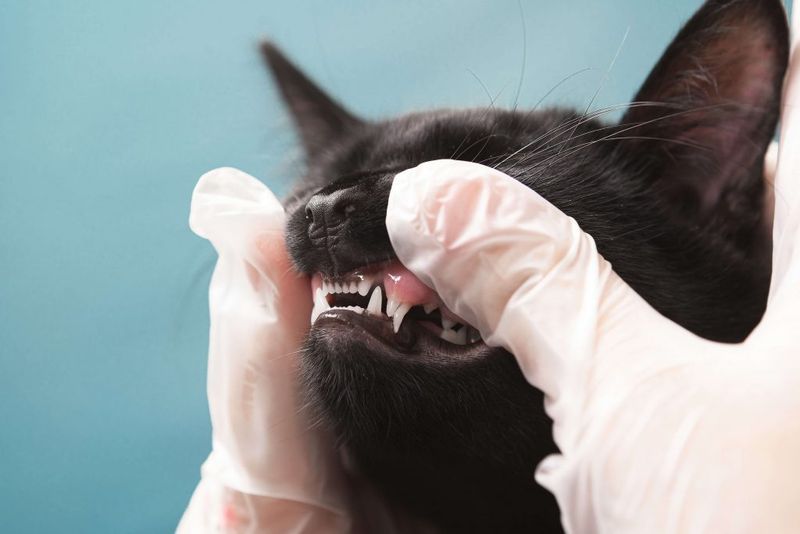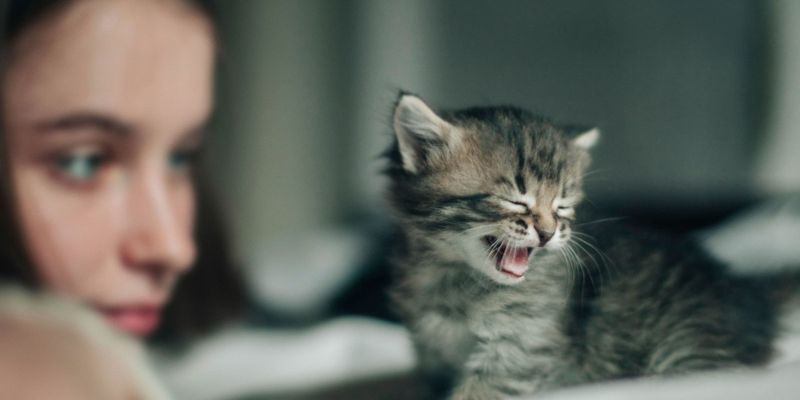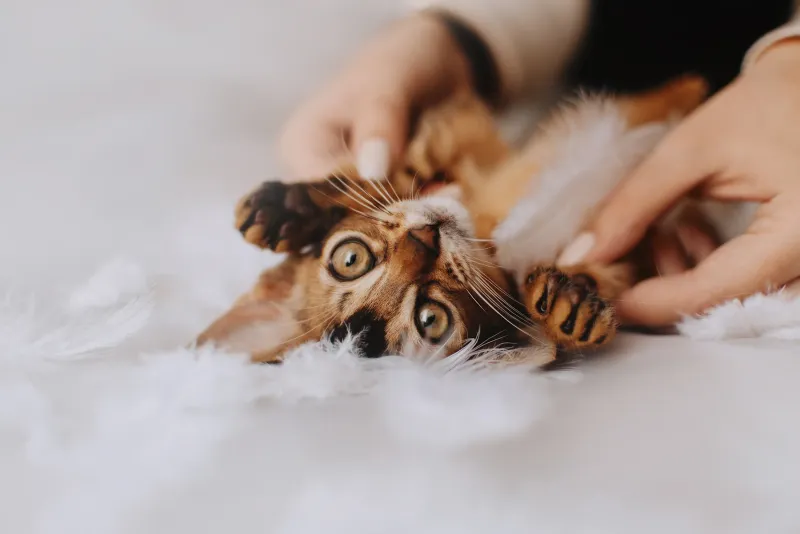📖 Table of Content:
Cats, with their graceful presence and independent spirit, are among the most beloved pets around the world. From the playful days of kittenhood to the calm maturity of adulthood, cats go through a remarkable transformation that affects their behavior, physiology, and needs. Understanding these changes is crucial for any cat owner seeking to provide the best care at every stage of their feline’s life.
Many people assume cats remain more or less the same throughout their lives, aside from growing bigger. In truth, the contrast between a kitten and an adult cat can be as stark as night and day. Recognizing these differences not only enhances our bond with them but also helps us adapt our care strategies to meet their evolving needs.
In this article, we explore 10 distinct ways in which an adult cat differs from a kitty. From their energy levels and eating habits to their emotional development and social preferences, every phase of a cat’s life brings something new. Whether you’re preparing for your kitten’s future or simply curious about your older cat’s behavior, this guide offers valuable insight for feline enthusiasts at every level.
1. Energy Levels
Bursting with energy, kittens seem to operate on an endless battery. Whether it’s climbing curtains, pouncing on shoelaces, or darting under furniture, their play knows no bounds. Unlike adult cats, who tend to be more selective with their bursts of activity, kittens exhibit hyperactivity throughout the day. This high energy is a sign of both physical development and a learning process. In contrast, adult cats conserve their energy and often prefer strategic play or lounging. While they still enjoy a good toy chase, it’s usually in shorter, more measured doses. The shift in energy levels is one of the first noticeable signs of maturation.
2. Sleep Patterns
Typically, young cats sleep in short, frequent bursts, often waking up to resume their mischievous explorations. As they age, however, their sleep becomes deeper and more consolidated. Adult cats can sleep anywhere between 12 to 16 hours per day, often in long uninterrupted stretches. Unlike kittens, who are alert at unpredictable intervals, older cats settle into a more stable sleep rhythm. This is due in part to reduced play needs and the body’s natural inclination toward rest during adulthood. While kittens dream about their next adventure, adult cats tend to seek quiet corners and comfortable perches for long naps. Observing these patterns is essential in gauging your cat’s development and overall health.
3. Size and Weight
Small and delicate, kittens are still in the process of growing their bones, muscles, and frame. Their lightness makes them agile but also fragile, requiring gentle handling. As they mature, cats undergo significant physical changes that include muscle development and bone density increases. An adult cat, though still graceful, moves with more weight and intention. This physical stability often translates to their behavior and confidence. Unlike the unpredictable movements of a kitty, adult cats tend to move with purpose and control. Their size isn’t just about appearance—it reflects their readiness for adult life.
4. Dietary Needs
Growing kittens require a diet rich in calories, protein, and nutrients to support their rapid development. Their meals are usually more frequent and tailored for growth. In contrast, adult cats benefit from more balanced meals that maintain health rather than fuel growth spurts. Overfeeding adult cats can quickly lead to obesity, a common issue in sedentary indoor cats. Owners must transition their pets to adult food at the right time to avoid digestive and weight issues. Nutrition also plays a key role in preventing disease and supporting organ health in mature cats. Awareness of dietary evolution ensures your cat thrives through all life stages.
5. Behavior
Curious to the core, kitties explore with little fear and high enthusiasm. This leads them into all kinds of mischief, from knocking over plants to squeezing into drawers. Their lack of experience often makes them bold and unpredictable. Adult cats, having learned from prior encounters, approach the world with more caution. They avoid unnecessary risks and tend to analyze situations before reacting. This maturity doesn’t mean they stop being curious—it simply manifests in a more measured and observant demeanor. The shift from reckless to calculated behavior is a hallmark of feline development.
6. Training and Socialization
During kittenhood, socialization windows are wide open, making it the ideal time to train and introduce new environments. Kitties are sponges, learning rapidly from positive experiences and repetition. Adult cats, on the other hand, may already have established habits and preferences. This can make new training a bit more challenging but not impossible with patience. Introducing routines like litter box use or scratching post preferences is far easier at a younger age. While older cats may resist sudden changes, they can still adapt with consistency and reward-based encouragement. Early socialization leaves lasting behavioral impressions that carry into adulthood.
7. Health Care
Frequent vet visits are essential in a young cat’s early life for vaccinations, parasite control, and developmental assessments. These foundational health practices set the stage for a cat’s long-term well-being. Adult cats, while not requiring as many appointments, still benefit from annual checkups and preventive care. Dental health, weight monitoring, and screenings for age-related conditions become more relevant over time. Preventative medicine helps detect issues before they escalate into serious conditions. Whereas kittens bounce back quickly from minor ailments, adult cats may take longer to recover. Staying proactive with health care keeps aging cats vibrant and comfortable.
8. Teeth
Initially, kittens sport baby teeth that are small, sharp, and eventually fall out. By around six months, they begin to grow their permanent adult teeth. Adult cats, with their full set, require regular cleaning and monitoring for tartar and decay. Dental issues in mature cats are common and can lead to pain or infections if left untreated. Chewing behavior also shifts, with adults tending to be more selective and less likely to chew on random objects. Monitoring their dental health is critical in preventing secondary issues related to eating and grooming. Good oral hygiene habits should start early and continue throughout their life.
9. Vocalization
High-pitched and frequent, kitty meows are often calls for attention, hunger, or simple curiosity. They haven’t yet developed refined communication techniques and tend to overuse their voices. Adult cats, meanwhile, often develop more distinct vocal personalities. Some may become quieter, while others communicate with specific tones for different needs. Understanding your adult cat’s vocal cues can deepen your relationship. While a kitten might meow indiscriminately, an adult cat may meow with clear intention and direction. This evolution in vocal behavior reflects emotional maturity and established trust.
10. Bonding Style
Forming bonds as kittens is fast and often based on dependence and proximity. They look to their human for warmth, safety, and sustenance. Adult cats, while still affectionate, bond more on trust, respect, and shared routines. This makes the connection deeper, if less overtly clingy. They may seek your presence without demanding constant touch. Affection becomes a sign of choice rather than need. Building this trust can be incredibly rewarding, as an adult cat’s love is given deliberately.
